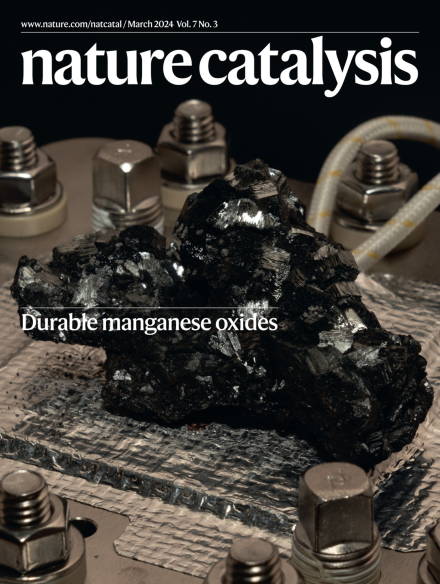
Read our March issue
Nature Catalysis covers all areas of catalysis, incorporating the work of scientists, engineers and industry. March issue now live.

Nature Catalysis covers all areas of catalysis, incorporating the work of scientists, engineers and industry. March issue now live.


The development of bimetallic catalysts is often hindered by the heavy workload of the classical trial-and-error method. Now, a distinct mechanism demonstrates that breaking down the net thermochemical reaction into the corresponding electrochemical half-reactions offers a facile approach to design bimetallic catalysts by analysing each putative half-reaction.